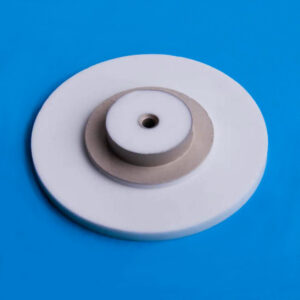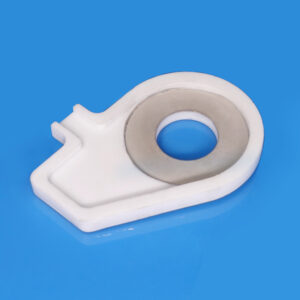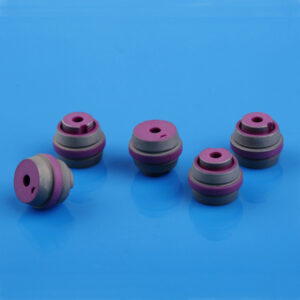| Common Metallization Process |
Process Description |
Advantages |
Disadvantages |
| Electroless Nickel Plating Method |
Ceramic Body + Electroless Ni Plating |
1. Uniform coating and small pinholes.
2. Low cost, suitable for mass production. |
Low bonding strength |
| Silver Firing Method |
Ceramic Body + Ag Coating |
1. Silver has strong electrical conductivity and good oxidation resistance.
2. The fired silver layer is firmly bonded, and the thermal stability is good.
3. The process is simple and easy to implement. |
1. Thin, discontinuous and uneven film layer.
2. Higher cost. |
| Mo-Mn Method |
Ceramic Body + Mo-Mn Metallization + Electroplating or electroless Ni plating |
1. The most important one in the metal powder sintering methods.
2. Mature and stable process, and high bonding strength.
3. To prevent oxidation and improve wettability, after the metallized Mo layer is sintered, a Ni layer can be plated on it. |
The film layer is discontinuous, uneven, and rough. |
| W-Au Method |
Ceramic Body + W Metallization + Au Plating |
1. Tungsten metallization has the advantages of simple formula, and can meet some special requirements, such as alkali metal vapor resistance.
2. The gold layer is highly conductive and protects against oxidation and increased contact resistance. |
The film density is not high. |







